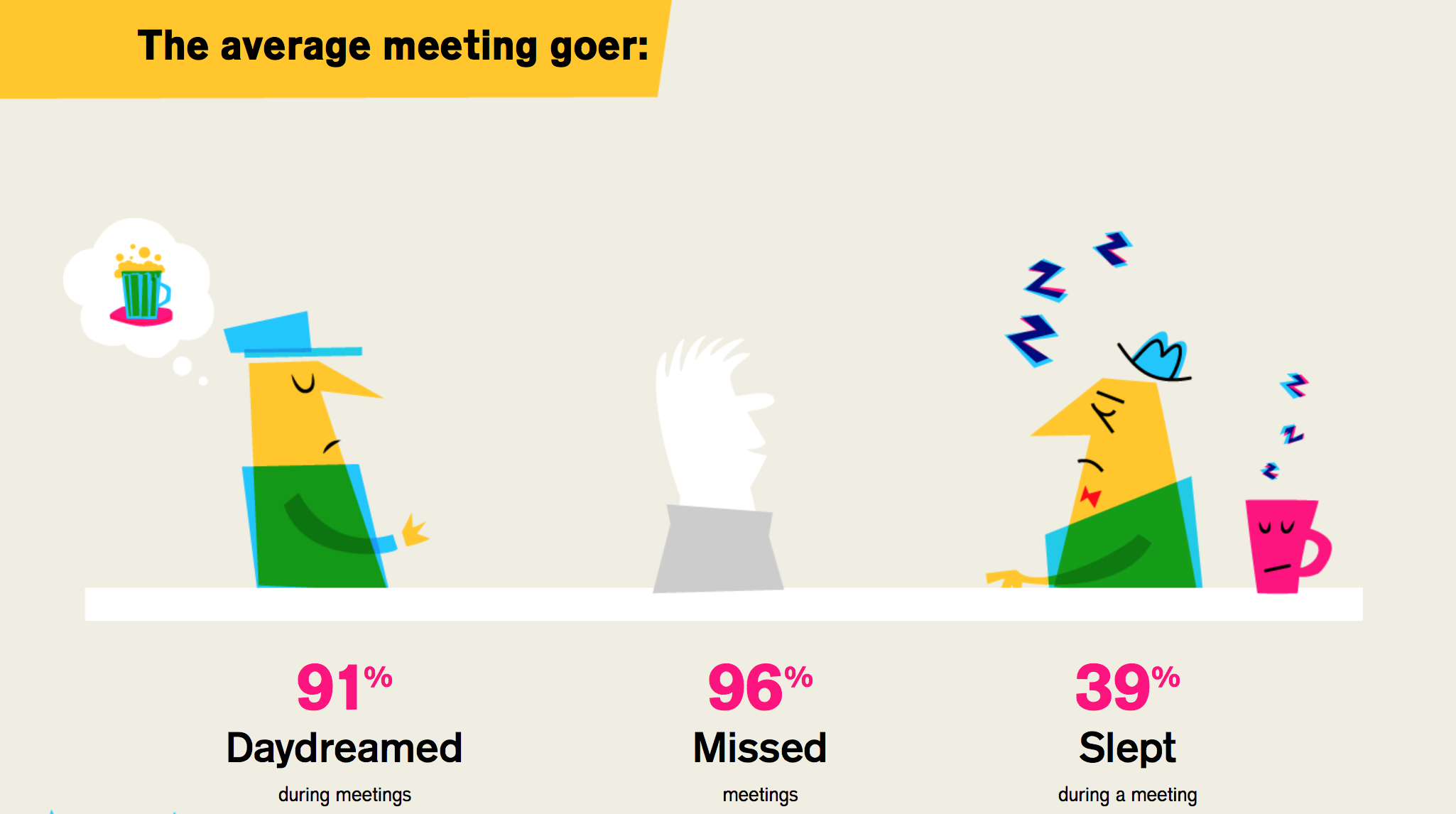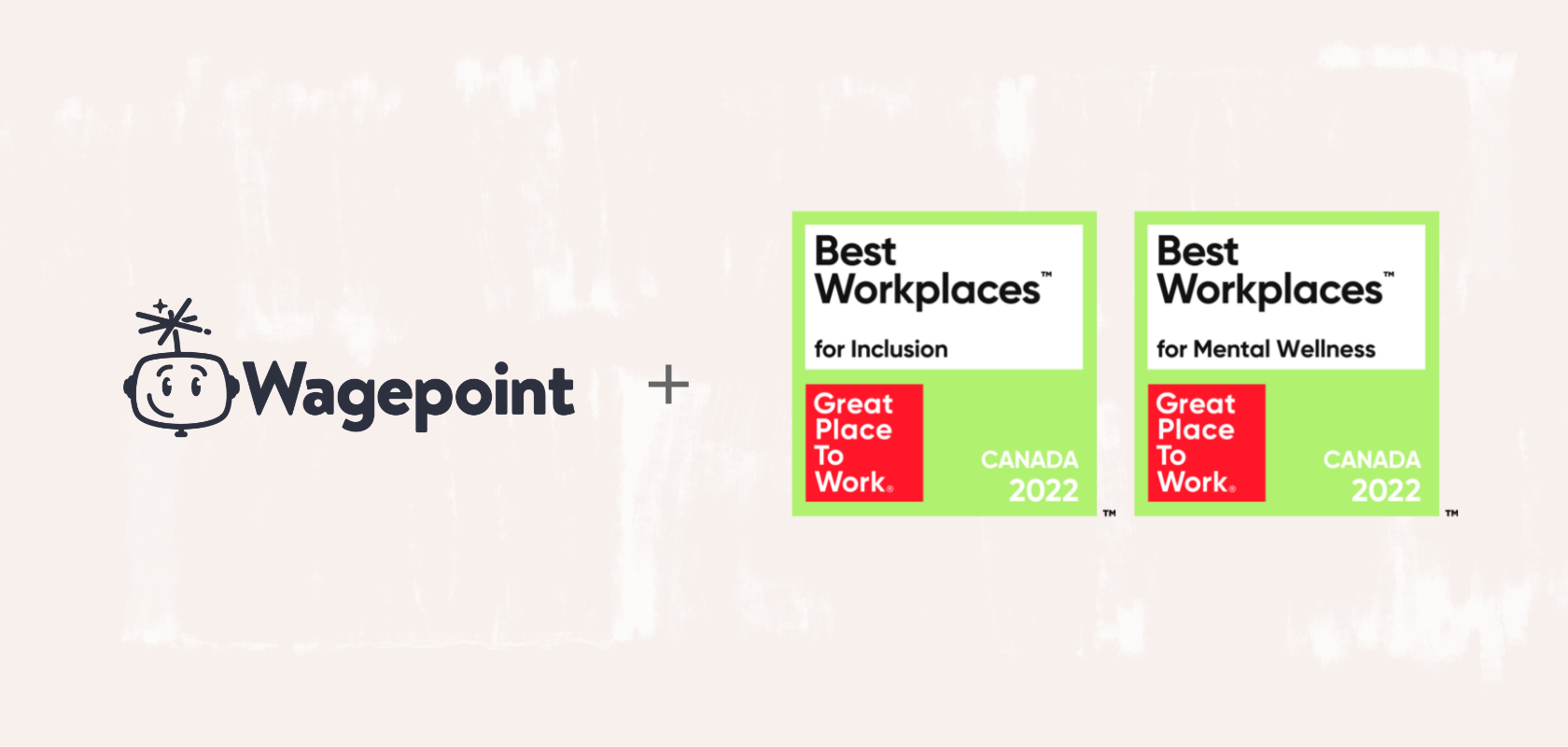Become an insider!
Get our latest payroll and small business articles sent straight to your inbox.

“While waving a magic productivity wand would be much easier and ideal, the magic is not really possible if the right culture or productive work habits are not in place. That’s why it’s important to create a culture where productivity is celebrated starting with the first hire.”
— Jenna Fernandes, CEO Carebooker.com — interview for FastCompany
Company culture isn’t all about group outings and team building. You can build a culture that promotes productivity and efficiency, engaging employees and boosting your bottom line at the same time. This is especially valuable for startups and small businesses, where every penny counts.
The key is implementing the right initiatives and ideas that promote productivity and encourage employees to be smart with their work time. The following strategies help you do exactly that.
Use Deadlines to Your Advantage
Deadlines can boost stress, but they’re also an important productivity tool. Deadlines force people to prioritize and work within a time limit, rather than dragging a project out for weeks, spending more time and money on what could have been done in a few days.
“Deadlines are a prioritization tool that tell you a given project is important to focus on,” says Dana Rousmaniere writing for the Harvard Business Review. “If you have something due on Friday and you know it’ll take all your time, it’s easier to decline extra commitments.”
Most companies naturally assign deadlines to important short-term projects. Make sure you do the same for long-term and open-ended projects. When you don’t create deadlines for these assignments, employees tend to put them off because there’s no sense of urgency to complete the task.
Cut Back on Meetings
Some meetings are necessary, but too many can actually be counterproductive. The problem is that meetings take away from time you could spend working. This affects everyone from managers to lower-level employees. In fact, employees waste 31 hours in unproductive meetings each month, according to a study from Atlassin.
To minimize time-sucking meetings, use the following guidelines:
- Have a specific agenda and objective.
- Inform attendees of expectations — let them know if the need to prepare or read the attachment before the meeting.
- Set a specific start and end time.
- If you go over the end time, employees should be allowed to leave.
- It’s the meeting host’s job to keep the meeting on track and avoid wasted time.
- Only invite the people who need to be there.
One more tip: Take a look at your recurring meetings as well—are there any you can combine or shorten? Better yet, are there any you can get rid of altogether?
Track Employee Time
Believe it or not, most employees don’t know how much time they spend on certain tasks. Based on research, only 17% of people can accurately estimate the passage of time. Your team members may be wasting time on insignificant tasks or spending too much time on a single project.
Use time-tracking tools, like Deputy or TSheets, to assess how employees are spending their work hours. With this data, you can benchmark approximate time requirements for various tasks and require employees to work within these timelines. (Toggle is also a great tool if you’re wanting to measure the amount of time spent on a specific task.)
Encourage Breaks
Breaks are required by law in the workplace but many employees skip their break or eat lunch at their desk. It may seem counterintuitive to take time away from work when you’re trying to get things done, but a study from ScienceDaily found that taking regular breaks can increase focus and boost productivity.
Offer Recognition and Rewards
If you don’t already have an incentive or recognition program, take advantage of this effective strategy. Globoforce reports that 82% of employees said being recognized motivated them in their jobs.
The key: Don’t spend a significant amount of money to create a recognition program. Reward big and small wins with gift cards, half days and team happy hours.
You may also want to poll employees to find out which types of rewards interest them to make this strategy most effective. And don’t forget to check out the ebook, Is Your Recognition and Rewards Program Wasting Money? to assess any initiatives currently in place.
Rinse and Repeat
Armed with these strategies firmly in place within your company culture, you can boost efficiency and your business results at the same time. Just remember, productivity starts from the top down. Make sure managers and upper-level employees use these tactics and set a positive example for the others.















